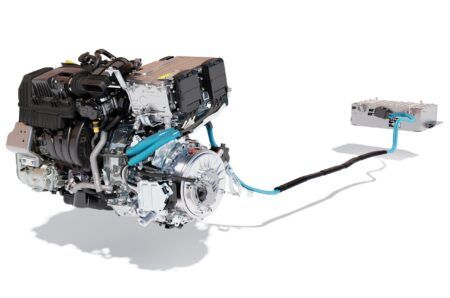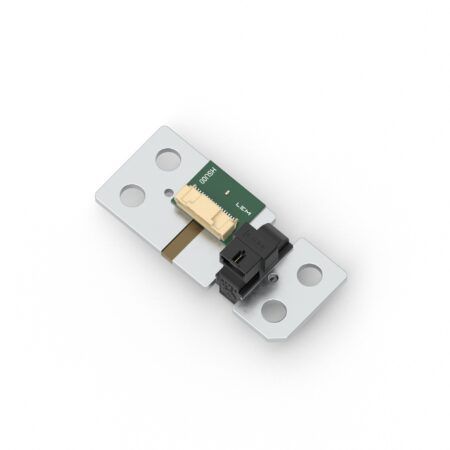Antti Aitio, Principal Data Scientist at WAE’s new battery intelligence business Elysia, tells us how artificial intelligence must be teamed with existing modelling approaches and, crucially, real-world experience to optimise an EV battery
Hardly a day goes by without artificial intelligence (AI) grabbing the headlines. Be it in medical diagnosis, autonomous transportation, language processing or even gaming, applications of advanced machine learning algorithms are ubiquitous. Outside of highly publicised advances such as ChatGPT, machine learning has equally spread across all branches of science and continues to provide a rich source of innovative research work. In this sense, batteries, whether for consumer electronics or electric vehicles, are no exception – AI has become commonplace in fields such as battery materials discovery and characterisation, design of experimental campaigns, as well as state-of-charge and state-of-health estimation.
With all the hype, it can be difficult to see the wood for the trees though – where does the value of these ‘black-box’ methods lie? While AI’s inherent flexibility can be hugely valuable, machine learning should not be the starting point and a well-targeted application of AI works best when combined with extensive real-world experience. Insights are then based on a thorough understanding of first principles, ensuring AI doesn’t ‘override’ physics. AI can be incorporated in a mathematically consistent manner using, for example, a probabilistic approach. Under this framework, a prediction of a particular variable – such as state-of-health for instance – can be produced from a first-principles, physics-based analysis. This prediction can then be conditioned using observed data in conjunction with AI, the two working together to achieve a better result.
With this hybrid ‘grey-box’ approach, it is possible to capture the flexibility of AI while retaining the benefits from first principles – the net effect of this balanced approach is to provide battery manufacturers, car makers and fleet operators, with accurate estimates of current and future state-of-health.

At Elysia our understanding of battery behaviour, draws from both academic research and in-house experience from building battery systems for a broad range of applications – everything from Formula E racing cars on the track, 250 tonne mining trucks in 45-degree outback heat to mass-market road cars. This means we can efficiently detect faults and predict onset of failure early into the life of a battery based on extensive and often extreme real-world operation of batteries from over a decade’s worth of experience.
Getting feedback from real-world operating data is important, as training models only from lab data can lead to unrealistic assumptions, without the heat, cold, vibration and shocks a battery pack can experience in a vehicle, on the road, in the mine or at the race circuit. The immediate advantages are enhanced safety and reliability, reducing test programmes for car makers, improving economics of second-life applications and the optimisation of warranties.
AI is transforming the battery state-of-health estimation landscape. But in doing so, there is a risk of putting the cart before the horse. The role of AI should not necessarily be to re-invent existing models, but rather to augment them where appropriate. There are enormous gains to be had in improving state-of-health accuracy and overall battery performance, while retaining the intuitive understanding of battery behaviour, which will ultimately improve the decision-making process for EV battery manufacturers and car makers, enabling them to extract more from what is the most fundamental component of the vehicle. And that will benefit us all.





